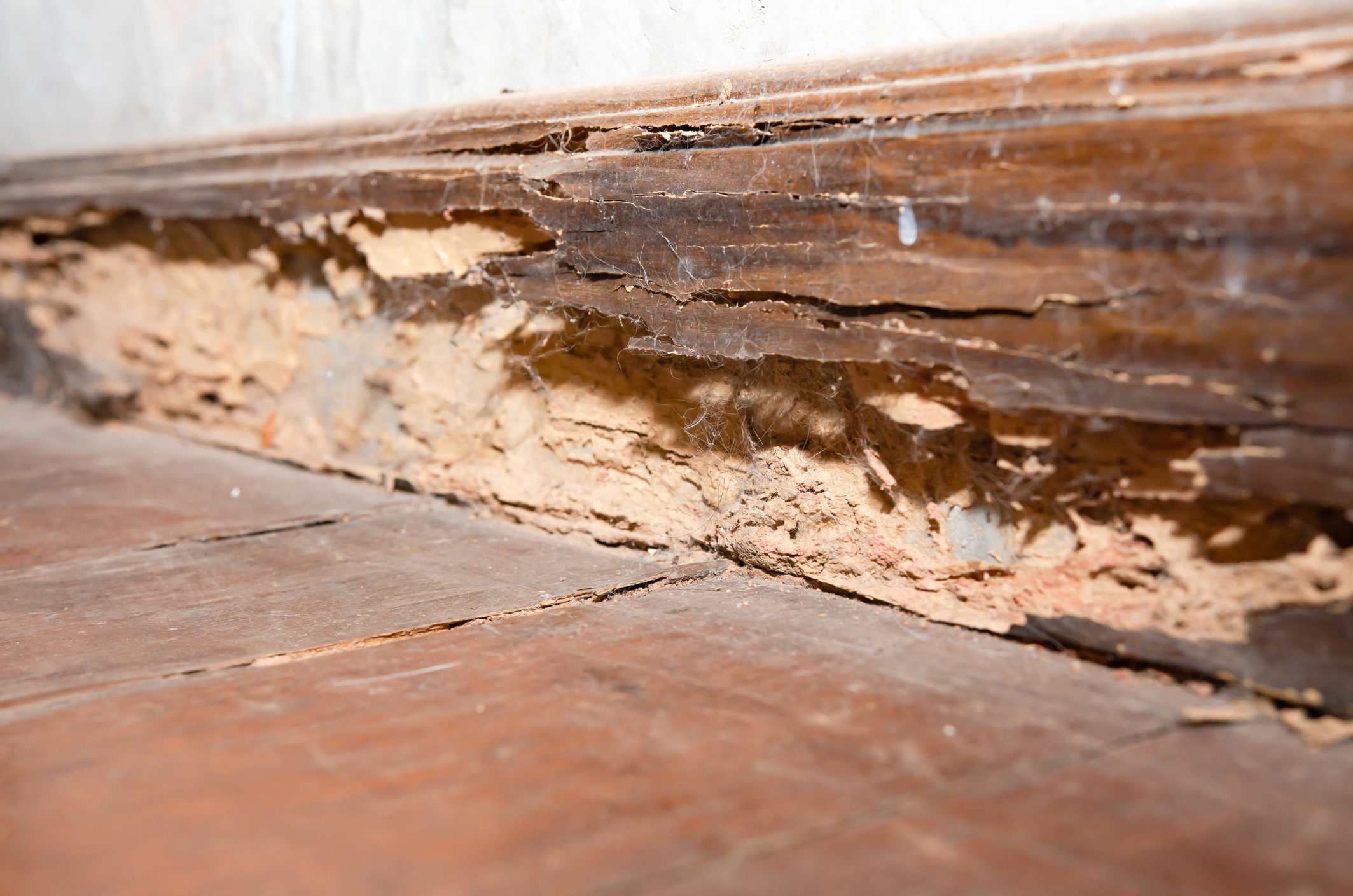How to Spot Signs of Termite Entry on Your Foundation

Termites are tiny but powerful pests that can cause heavy damage to your home if left unchecked. Identifying termite damage early is essential to avoid expensive repairs and safeguard your home’s structural integrity. Understanding the early signs of termite activity can help homeowners take proper action to prevent further harm.
Why Termites Travel on Foundations
Termite Behavior
Subterranean termites, one of the most common species, live underground and feed on wood or other cellulose-based materials. Foundations are a gateway to the structural components of a home, like wooden beams and floorboards. These pests thrive in moist environments, which makes damp foundations an ideal entry point for termites.
Common Entry Points
Subterranean termites often enter through cracks in concrete, wooden beams, or areas where moisture accumulates, causing wood degradation in your home. Mulch or dense vegetation surrounding the foundation can also create an inviting environment. Homeowners should pay close attention to these risk factors to minimize the chances of infestation.
Early Signs of Termite Activity on Your Foundation
Mud Tubes
One of the most clear signs of Subterranean termite activity is mud tubes. These thin, tunnel-like structures made of dirt and saliva allow termites to travel between their nests and food sources. Look for mud tubes along foundation walls, crawl spaces, or basement floors.
Cracks in the Foundation
Subterranean termites often exploit existing cracks to access a home’s interior. Irregular or expanding cracks, especially those with evidence of tunneling, may indicate termite activity. Regular foundation inspection can help identify and address these issues early.
Tools and Techniques for Inspection
Conducting a Visual Inspection
Walk around your home’s perimeter, carefully examining cracks and edges of the foundation. Don’t forget to check crawl spaces, basement walls, and areas where wood meets soil for any unusual signs.
Using a Flashlight and Screwdriver
A flashlight is invaluable for inspecting dark corners or raised foundation elements. Use a screwdriver to gently probe suspect wood for signs of softness or hollowness, which can reveal hidden termite damage.
When to Call a Professional
If you notice signs like mud tubes, or foundation cracks, it’s best to consult a pest control expert. Professionals can confirm the presence of termites and recommend effective treatments to eliminate the infestation.
Preventing Termite Around Foundations
Eliminating Moisture
Fix leaky pipes, clogged gutters, and drainage issues around the foundation. Proper ventilation in basements and crawl spaces can also help keep these areas dry.
Reducing Wood-to-Soil Contact
Avoid storing firewood, mulch, or wooden items directly against the foundation. Opt for termite-resistant materials when making structural repairs or landscaping changes.
Routine Inspections
Regular professional pest inspections are crucial, particularly in termite-prone areas. Early detection during routine checks can save homeowners from extensive damage and costly repairs.
Stop Termite Infestations With MightyMite Termite
Spotting early signs of termite activity is crucial to protecting your home and avoiding costly repairs. At MightyMite Termite, we combine over a decade of expertise with eco-friendly solutions to help homeowners in the California Bay Area identify and address termite issues promptly. Don’t wait for the damage to escalate—contact us today for a professional inspection and tailored termite control solutions to safeguard your home’s structural integrity.
